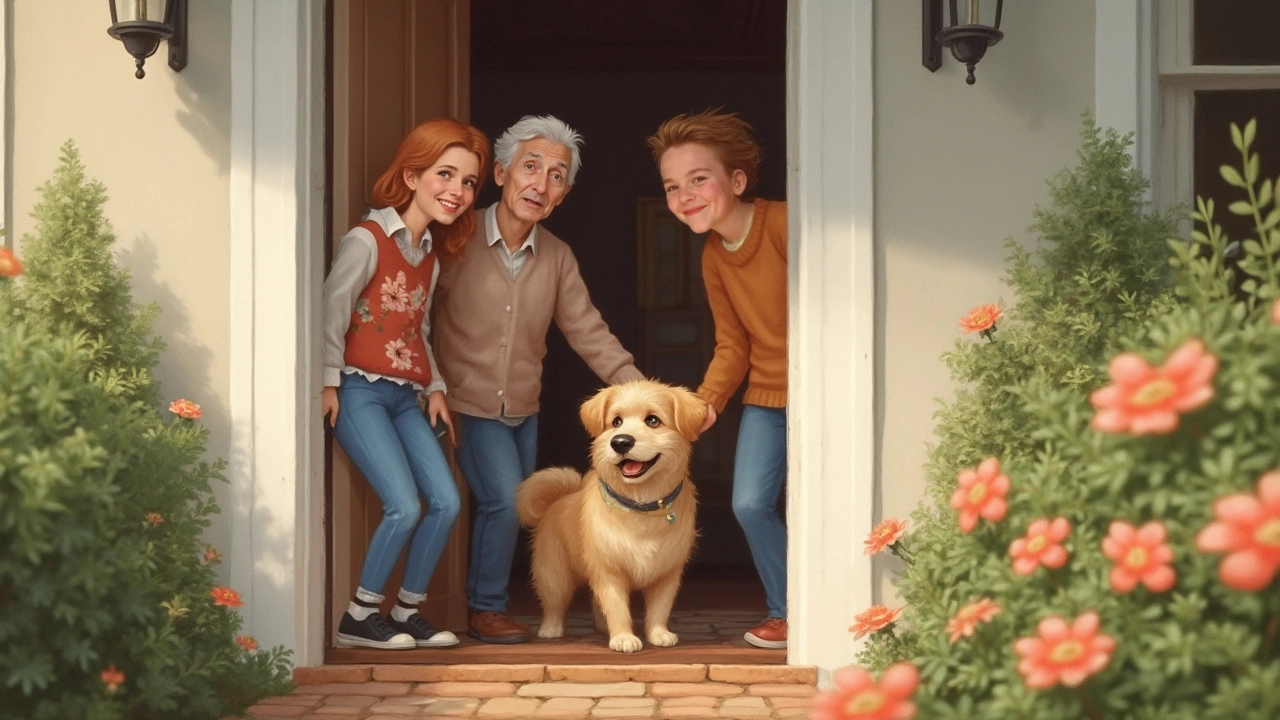Dog Etiquette: Simple Tips to Keep Your Pup Polite
Got a dog you love but sometimes wonder how to keep them well‑mannered? Good dog etiquette isn’t about strict rules; it’s about making life smoother for you, your pet, and the people around you. Below are easy, real‑world tips you can start using today.
Basic Rules for Dogs in Public
First off, always keep your dog on a leash unless you’re in a designated off‑leash area. A short, comfortable leash gives you control and lets strangers feel safe. If your dog pulls, try a front‑clip harness or gentle leader – it reduces tugging without hurting them.
When you meet other people or dogs, ask before letting your dog say hello. Some folks are scared or allergic, and not every dog wants a greeting. A simple, "May I let my dog sniff?" shows respect and avoids awkward moments.
Pick up after your dog. Carry pooper‑scoopers or bags in your pocket; it takes seconds and keeps parks clean. Many local councils fine owners who don’t, so it’s both polite and practical.
Watch your dog’s body language. If they’re stiff, ears back, or barking at a passing jogger, it’s a cue to move away or give them a short break. Ignoring these signs can lead to a bite or a tense situation.
In cafés or shops that allow dogs, keep them on a mat or at your feet. Offer a water bowl if they seem thirsty, but don’t let them hop onto tables or chairs. A well‑behaved dog under the table shows you respect the business’s rules.
Keeping Your Home Dog‑Friendly
Inside the house, teach your dog to wait for an invitation before jumping on the sofa. Use a cue like "wait" and reward them when they stay seated. This prevents damage and keeps furniture tidy.
Set up a designated spot for toys and treats. A simple basket helps your dog know where to fetch and return items, cutting down on stray toys everywhere.
If guests arrive, ask them to ignore the dog until it settles down. A quick "ignore and reward calm" routine helps your pup learn that calm behavior gets attention.
Never leave food on low tables where a curious dog can reach it. This avoids begging and prevents accidental overeating.
Finally, train a reliable "come" command. When you call your dog, a quick return can stop unwanted sniffing of guests’ bags or prevent a dash out the front door.
Putting these habits into practice takes a few minutes each day, but the payoff is a happier dog and smoother interactions everywhere you go. Remember, good etiquette starts with consistency and positive reinforcement – praise, treats, or a quick play session works wonders.
So the next time you head out for a walk or host a friend, you’ll feel confident that your pup is acting politely. Your dog will enjoy more freedom, and the people around you will appreciate the respect you both show.

Is It Rude to Ask If You Can Bring Your Dog to Someone's House?
Navigating the world of pet-friendly visits can be tricky, especially if you're thinking about bringing your furry friend to someone else's home. The key to maintaining good manners lies in understanding when and how to ask about bringing your dog along. From getting consent and considering allergies to recognizing if a house is pet-friendly, there are many factors to consider. This guide will help you understand the unspoken rules of dog etiquette when visiting others.